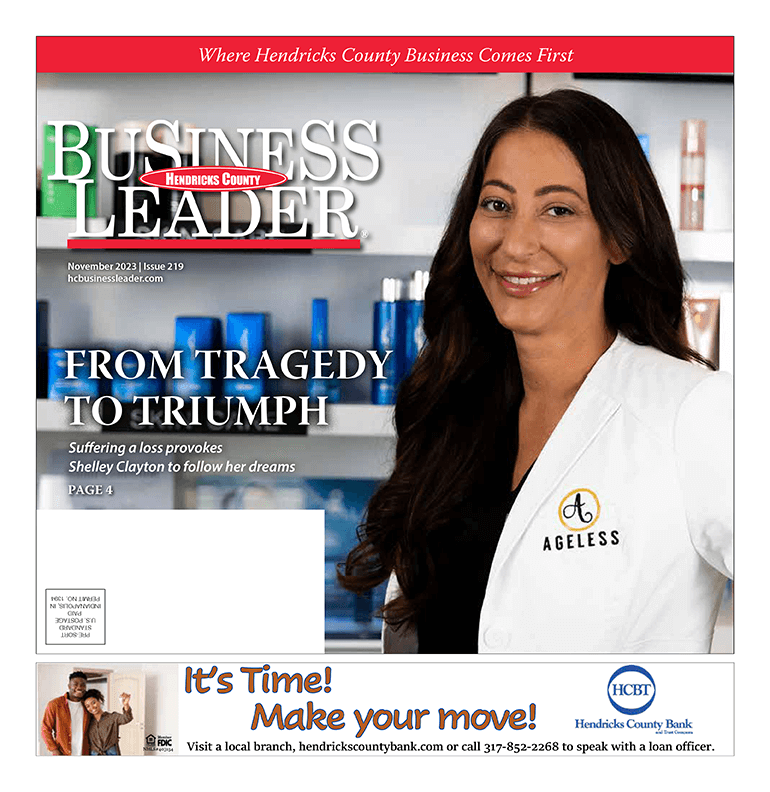 Organizations use work groups for a variety of reasons: to coordinate complex tasks, to centralize information from all parts of the organization, and to complete special projects, for example. One of the hoped-for advantages of teams, particularly those whose members come from different groups within the organization, is that they will pool their knowledge and information to come up with creative ideas that can result in new products or services for the company. Sometimes this happens. Other times, the only result we get from work groups are endless meetings that seem to rehash the same information again and again.
Organizations use work groups for a variety of reasons: to coordinate complex tasks, to centralize information from all parts of the organization, and to complete special projects, for example. One of the hoped-for advantages of teams, particularly those whose members come from different groups within the organization, is that they will pool their knowledge and information to come up with creative ideas that can result in new products or services for the company. Sometimes this happens. Other times, the only result we get from work groups are endless meetings that seem to rehash the same information again and again.
One recent study investigated teams in a financial service organization. These groups were charged with developing new procedures and products to enhance the organization’s customer service. Specifically, they looked to see which teams actually developed new service ideas that were judged to be of high quality and adhered to time and budget constraints.
They found that two kinds of team interactions were both necessary for success First, teams needed to engage in formal meetings where they organized their efforts and shared information. But team members also needed time to have informal conversations, or spontaneous talks with one another that the researchers called “cross-functional communication.” They found that each kind of interaction contributed something different to the teams’ process. Formal meetings were necessary to share knowledge among team members, but too many formal interactions actually thwarted the team’s creativity. Informal conversations were very useful for the generation of new ideas, but those ideas weren’t able to come to fruition without the discipline of bringing the team together formally.
So if your organization uses teams, particularly to generate new ideas about products or services, be sure to allow for two kinds of interaction. Formal meetings are necessary, but focusing only on them thwarts the creativity of the team. Give your people a chance to interact with each other informally too – then you have a better chance of enhancing the practical creativity of your work groups.
Boerner, S., Schaffner, M., & Gebert, D. (2012). The complementarity of team meetings and cross-functional communication: Empirical evidence from new services development teams. Journal of Leadership & Organizational Studies, 19, 256-266.


